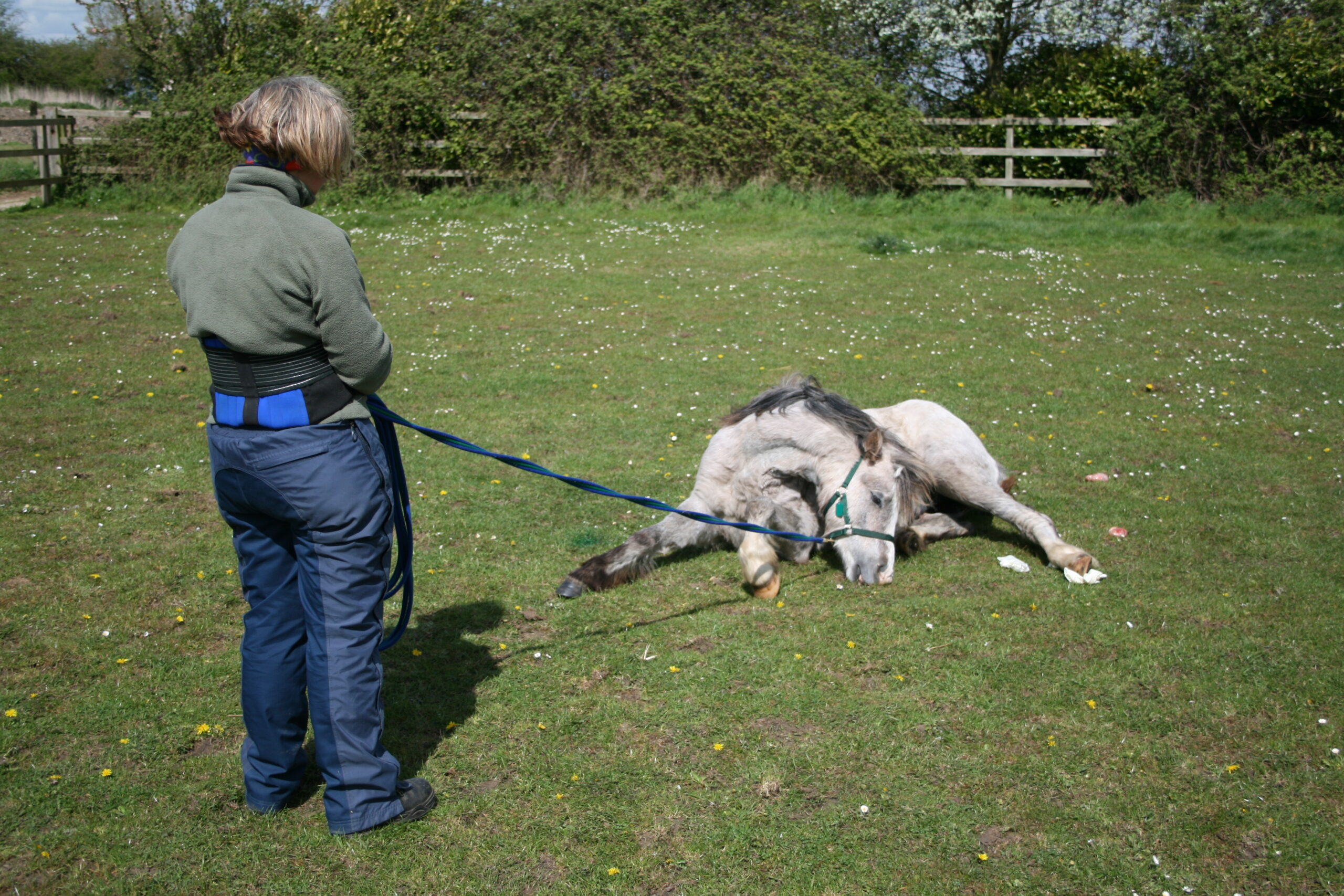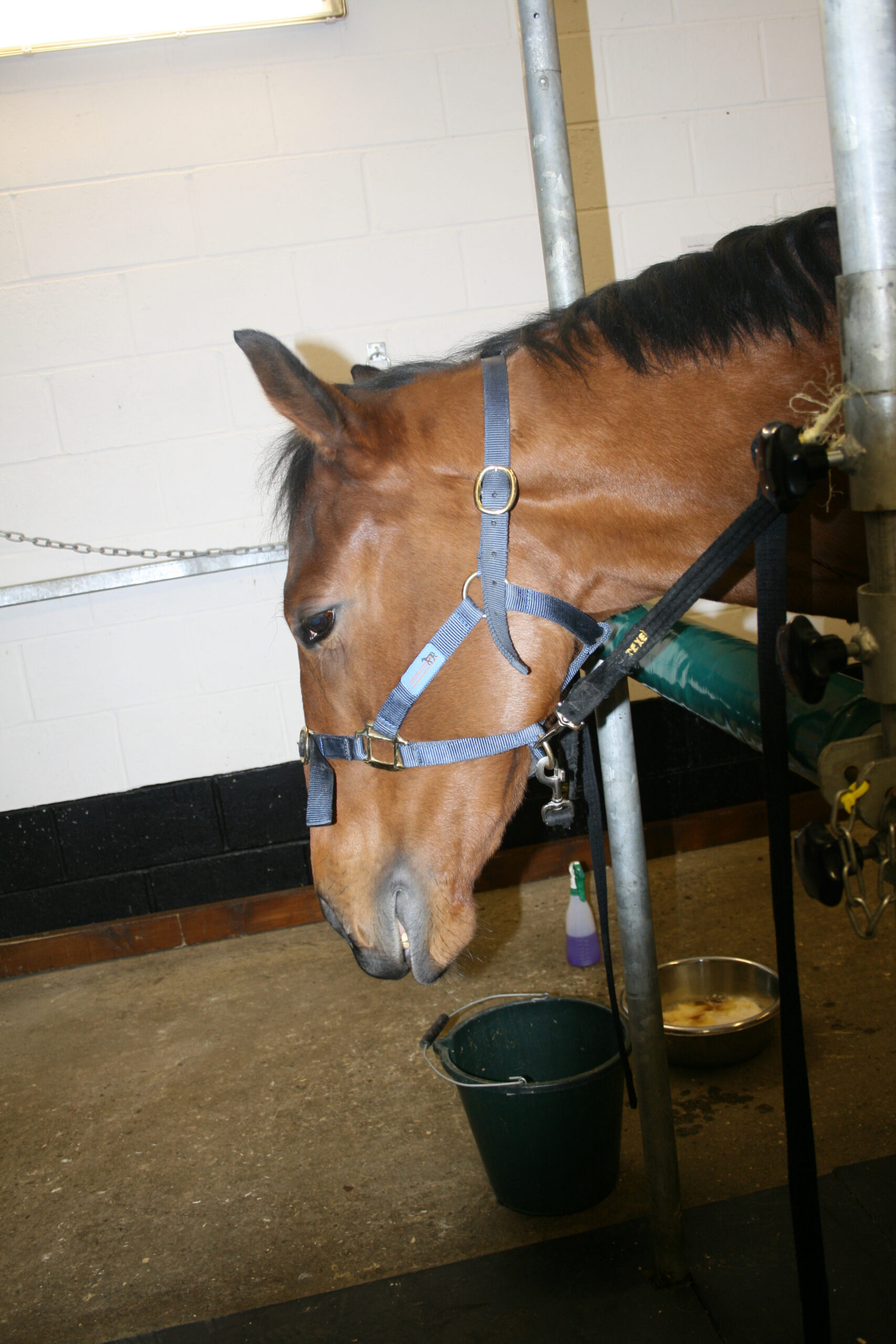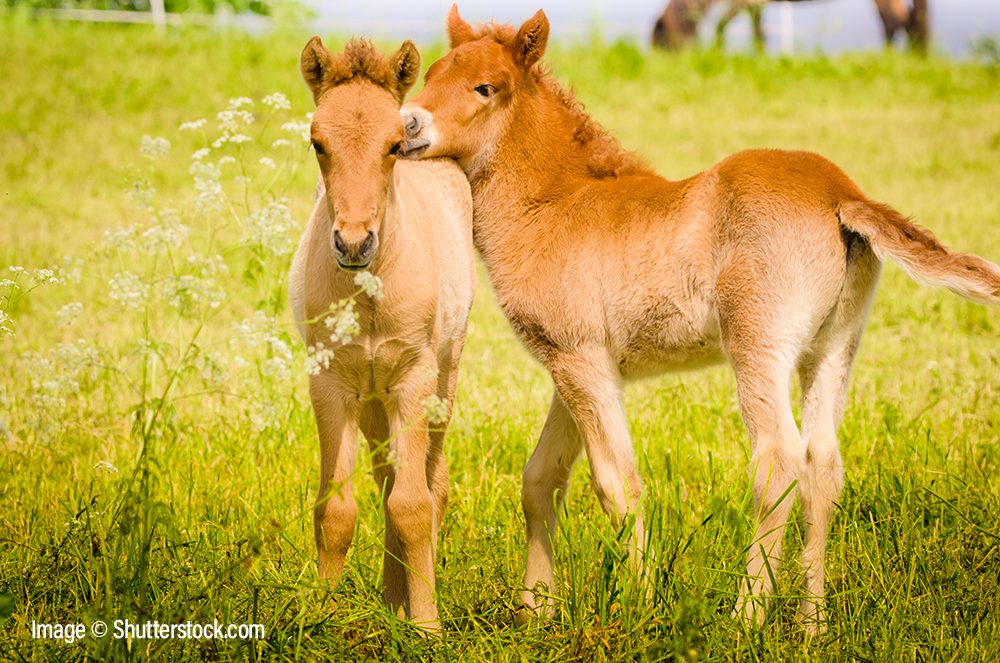Information About the Procedure
- Usually performed from six months of age.
- Prevents undesirable ‘stallion’ behaviour if performed before maturity (usually about 18 months of age but there is breed and individual variation.) Entire male horses are often difficult to place at livery and can be difficult to handle. Unless horse has breeding potential, castration is recommended before the age of 2 years. If in doubt it is best to discuss with a vet.
- Can be performed under general anaesthesia or ‘standing’ under heavy sedation and local anaesthesia. It is not always possible to castrate small ponies or donkeys standing, nor those reluctant to be handled.
- Must have both testicles descended into scrotum for ‘field’ castration; older horses (usually>4years old) or particularly well endowed ones or those with only one or no testicles descended should be operated on under general anaesthesia within an operating theatre (i.e. referred).
- Colts should preferably be vaccinated against tetanus prior to castration, however temporary protection can be given at the time of surgery (only lasts a few weeks). Proper vaccination is strongly recommended.
- Castration is best performed in spring or autumn; this avoids the fly season and also very muddy turn out.
- A consent form has to be signed by the owner prior to any anaesthesia, sedation or procedure.
- The horse should be clean and dry. A supply of clean hot water should be available.
- Colts must have been well handled for ‘standing’ castration and an experienced person to hold the horse is essential.
- The clinic provides ideal circumstances for castration, when the colt can be admitted as a day patient.
- For ‘standing’ castration a well-lit, roomy, clean stable is sufficient.
- If a general anaesthetic is to be given, the owner must be made aware of the high anaesthetic risk in horses ranging from allergic reactions to death. A suitable dry, clean, flat paddock should be available to anaesthetise the horse in; it must be free of obstacles and of sufficient size to avoid the horse falling onto anything as it is going down / getting up.
- Suitable facilities should be available for post-Op care of the horse. See Colt Castration post-Op notes also.

General Anaesthetic recovery
Definitions
COLT = a young entire male horse up to the age of 4 years
STALLION = an entire male horse over the age of 4 years
GELDING = castrated male horse
CASTRATION = removal of BOTH testicles
CRYPTORCHID = an animal with an undescended testicle
RIG = colloquial term for cryptorchid
ANORCHID = uncastrated male without visible / palpable testes

Standing Sedation
Background Information
- Before a colt is born, the testicles start their development next to the kidneys and descend towards the scrotum via the inguinal canal in the last 3 months of the pregnancy.
- At birth, the testicles will usually be present in the inguinal canal (a natural passage in the abdominal muscles, between the abdominal cavity and the scrotum).
- After birth the testicles complete their descent into the scrotum.
- During the first few weeks of (neonatal) life, the inguinal canal narrows preventing the movement of testicles between scrotum and abdomen.
- Therefore, unless the horse has abnormally large inguinal canals/rings, a 6 week old colt which has no or only one testicle present in its’ scrotum is unlikely to have the absent one(s) appear at a later date.
For older horses suspected of being a rig, blood testing can be used and should be discussed with one of our vets.
Updated 17 May 2019
Coltish behaviour – normal, but undesireable as the colt gets larger.
